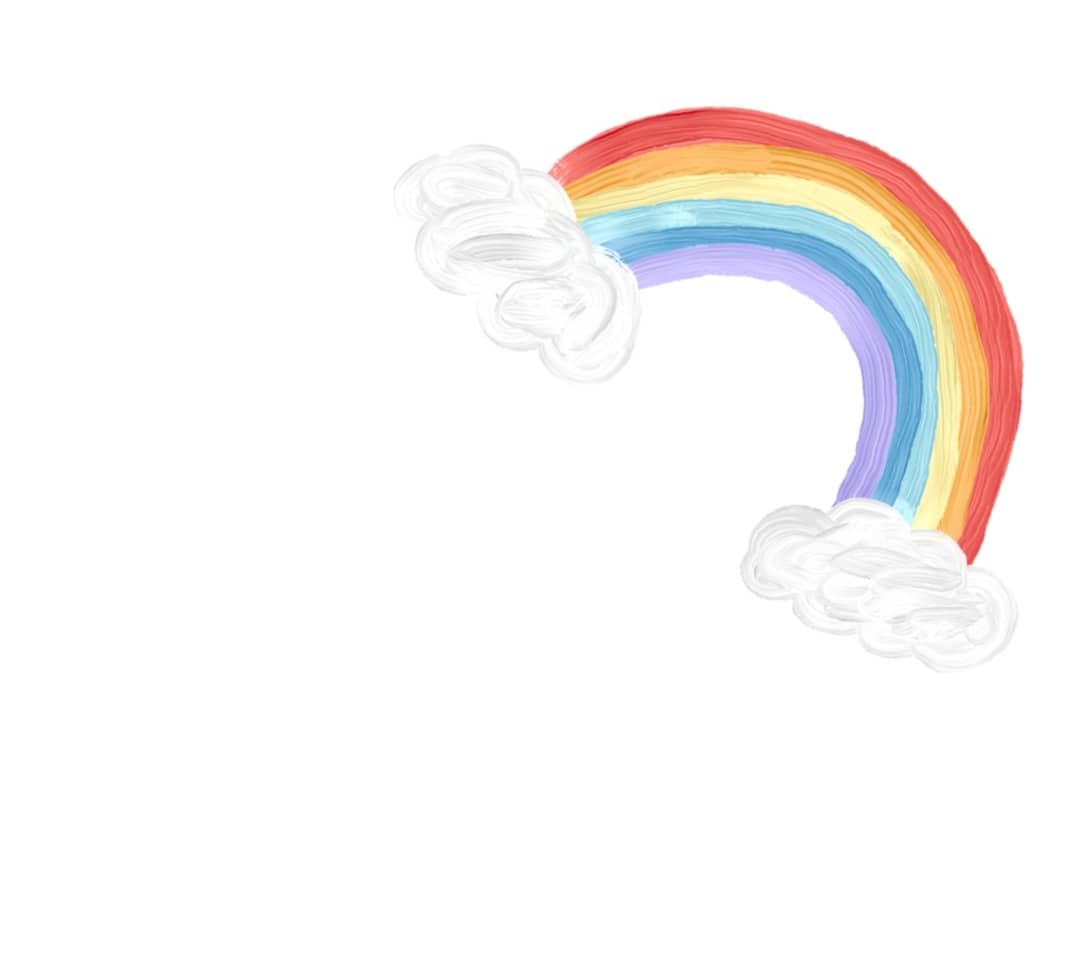نی نی سایت - نگاهی به ساز کهن نی
Have you ever stopped to think about the sounds that truly move us, the ones that carry whispers from a long, long time ago? So, when we talk about instruments that hold a special place in the heart of a culture, the Ney, a fascinating wind instrument from Iran, certainly comes to mind. It’s a piece of living history, you know, a very simple tube that makes sounds capable of reaching deep inside you. This isn't just any old instrument; it’s a key part of what makes traditional Iranian music feel so rich and, well, just so incredibly meaningful.
It’s almost like a quiet friend, this Ney, with its unique voice that sets it apart from many other musical tools you might come across. You see, it belongs to a special group of instruments, those that don't use a reed or a tongue to create their sounds. Instead, it relies on the breath, a gentle push of air, which gives it a very distinct and, in some respects, a rather pure kind of sound. This simplicity in how it works, actually, belies the deep emotional range it can express, making it a beloved choice for musicians and listeners alike.
You might be wondering, what makes this instrument so special, or perhaps, how has it managed to stay relevant through so many years? Well, it tends to be quite a remarkable story. From its humble beginnings as a simple plant stalk, the Ney has been shaped by generations of musicians, each one adding to its legacy. It's truly a testament to the enduring power of music, and to how something made from nature can become a vehicle for truly beautiful artistic expression, a connection that feels, in a way, very human.
Table of Contents
- What Makes the Ney a Special Wind Instrument, and How Does It Connect with نی نی سایت?
- A Look Back - The Ney's Long History and Its Place in Iranian Music, for نی نی سایت Readers
- Learning the Ney - Is It for Everyone, and What Does It Mean for نی نی سایت?
What Makes the Ney a Special Wind Instrument, and How Does It Connect with نی نی سایت?
When we think about musical instruments, there are so many different kinds, aren't there? You have strings, drums, and then, of course, the wind instruments. The Ney, for instance, stands out quite a bit in the family of wind instruments, especially those from Iran. It's not just another pipe that makes sound; it is a particular type of wind instrument, one that is known for being without a tongue or a reed. This means that the sound is created in a very direct way, just by the breath of the person playing it, which is actually pretty cool when you think about it.
This quality of being a "tongue-less" instrument is, in some respects, what gives the Ney its distinct character. Unlike, say, a clarinet or an oboe that uses a vibrating piece of cane, the Ney relies purely on the player's breath and the way it interacts with the inside of the tube. This creates a sound that can be incredibly pure, sometimes almost ethereal, and very much connected to the human spirit. It’s a very personal instrument, you know, where the musician's breath truly becomes the music itself. This direct connection, for instance, might be something that resonates with many people, perhaps even those who visit نی نی سایت looking for connections and shared experiences.
Consider, too, how the Ney fits into the broader picture of Iranian music. It’s not just a solo instrument; it often finds its place in larger musical groups, adding its voice to a tapestry of sounds. The way it blends or stands out, depending on the piece, is really something to hear. It has a way of expressing deep feelings, from moments of quiet thought to bursts of lively energy. This versatility means it can be heard in many different settings, from traditional gatherings to more formal performances, always bringing a piece of its ancient soul to the present moment. This kind of adaptability is, in a way, a very appealing trait, much like how communities on نی نی سایت adapt to different conversations.
The Heart of the Ney - Its Unique Design and What It Means for نی نی سایت
The Ney, in its most common and, you might say, complete form, is often called the "Ney Haft Band." This name, which means "seven segments" or "seven knots," gives us a pretty good clue about its physical makeup. It’s made from a specific kind of plant, the Ney plant itself, which grows naturally and provides the perfect hollow cylindrical shape needed for the instrument. This natural origin, actually, gives it a very organic feel, a connection to the earth that is almost palpable when you hold it.
Think about a simple tube, but one that has been carefully chosen and prepared. The length of this tube is, typically, marked by six natural divisions or "knots," which then create seven distinct sections or "bands." This natural structure is what gives the instrument its name and is a key part of its identity. It’s not just an arbitrary number; it’s how the plant naturally grows, and musicians and instrument makers have learned to work with this natural form to create something beautiful. This reliance on natural elements is, in some respects, a very grounding aspect of the instrument, something that could appeal to a community like نی نی سایت that values natural connections.
Beyond the segments, a complete Ney instrument also has seven holes. These holes are, of course, where the player places their fingers to change the pitch and create different notes. The placement of these holes is very precise, allowing for the wide range of sounds and melodies that the Ney can produce. It's a bit like a puzzle, really, where each hole plays a part in shaping the overall sound. This thoughtful design, combining natural growth with human craftsmanship, is what makes the Ney a truly remarkable piece of musical art. It shows how something seemingly simple can be, actually, quite complex in its construction and the sounds it makes.
How Does the Ney's Sound Differ from Other Instruments, for نی نی سایت Enthusiasts?
One very interesting thing about the Ney is that it is not, strictly speaking, a tunable instrument in the way many modern instruments are. What this means is that a single Ney typically plays in a specific key or range of notes. So, a musician who wants to play in different musical settings or with different groups will, in fact, often need to have several different Neys, each one suited to a particular key. This is a bit different from, say, a guitar or a piano, where you can adjust the tuning. This characteristic, you know, makes the Ney player's approach to music quite unique.
Because of this, a Ney player's skill isn't just about making beautiful sounds; it's also about knowing which instrument to pick for the moment. In an ensemble, or when playing a solo piece, the choice of Ney is very important for making sure the sound fits perfectly with everything else. This need for different instruments for different musical situations, actually, adds a layer of depth to the player's art. It shows a deep understanding of sound and how it interacts with other sounds, a kind of intuitive wisdom that comes from years of practice. It's almost like having a special tool for every job, which is something many people, perhaps even on نی نی سایت, can appreciate in various aspects of life.
The sound itself, as we've touched upon, is very distinct. It's often described as having a breathy, somewhat melancholic quality, but it can also be bright and joyful. This range of expression, coming from such a simple tube, is really quite something. It's the kind of sound that can carry a story, evoke a feeling, or transport you to another time and place. This unique voice is what makes the Ney so cherished in traditional Iranian music and, indeed, recognized around the world. It’s a sound that, in a way, feels very authentic and true to its origins.
A Look Back - The Ney's Long History and Its Place in Iranian Music, for نی نی سایت Readers
The Ney is, actually, considered one of the oldest wind instruments out there, with a history that stretches back a very long time. Imagine, if you will, people centuries ago, perhaps thousands of years, picking up a hollow reed and discovering the sounds it could make. This ancient lineage gives the Ney a special kind of weight, a sense of timelessness that few instruments possess. It’s not just a musical tool; it’s a living link to the past, a carrier of traditions and stories from generations long gone. This deep historical root, in some respects, makes it truly fascinating.
In authentic Iranian music, the Ney holds a very respected place. It’s not just played; it’s revered. For centuries, it has been a fundamental part of the soundscape

وب سایت نی نی سایت

نی نی ارزونی – فروشگاه لباس کودک

نی نی ارزونی – فروشگاه لباس کودک